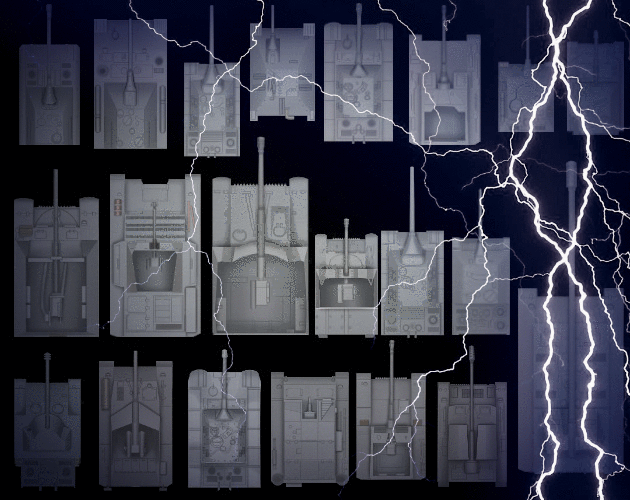
Germany Destroyer Tanks
A downloadable asset pack
Jagdpanzer E 100
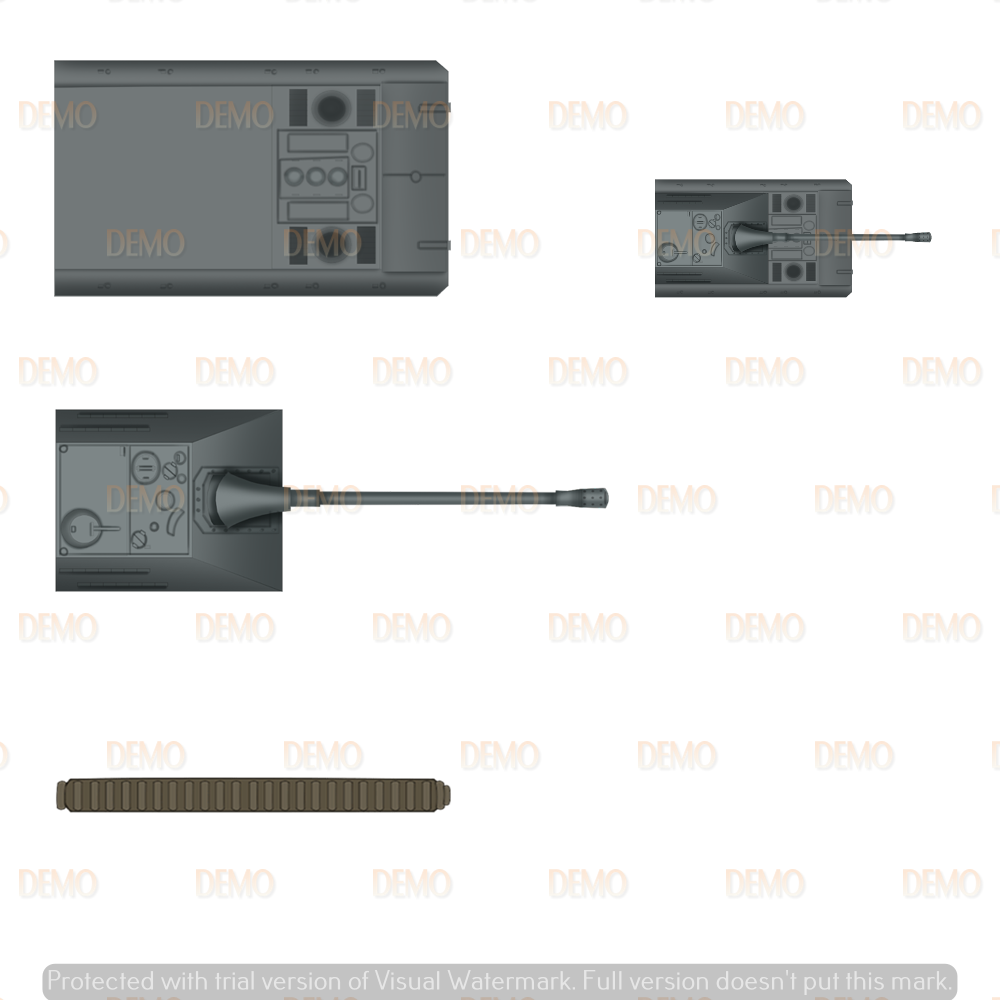
The E 100 was conceived as the basis for a self-propelled gun, an antiaircraft vehicle, and a tank destroyer. However, development was never started.
Grille 15
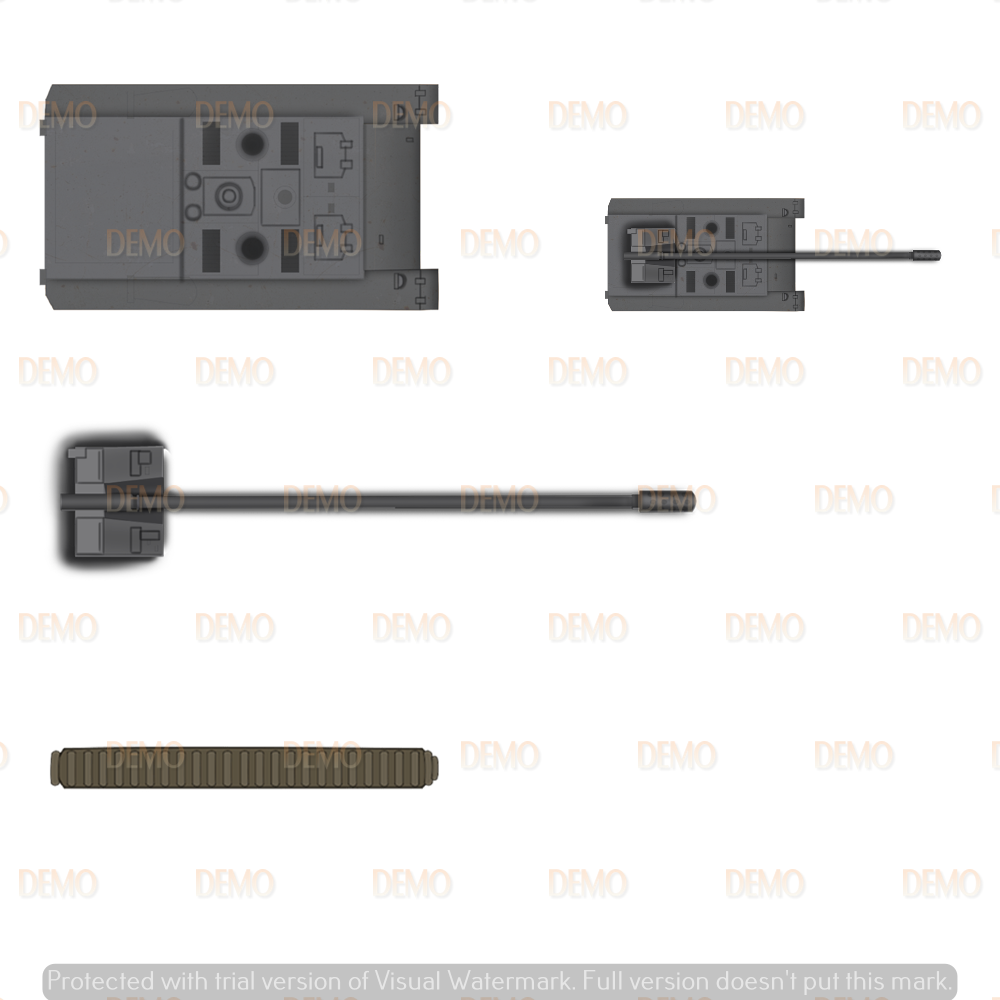
In the summer of 1942, Waffenamt (the German Army Weapon Agency) concluded an agreement with the Krupp and Rheinmetall companies for designing a tank destroyer on the chassis of the Panther tank. It was planned to mount either the 128-mm K 43 gun or the 150-mm sFH 43 howitzer. The projects were designated Grille 12 and Grille 15, featured rear placement of the fighting compartment, and differed only in the artillery system type. Later, the Grille 15 received a 150-mm gun with a length of 63 calibers, which could penetrate 200 mm of armor at 4,000 meters. However, development was slow, and the Grille 15 remained only in blueprints.
Waffenträger auf Pz. IV
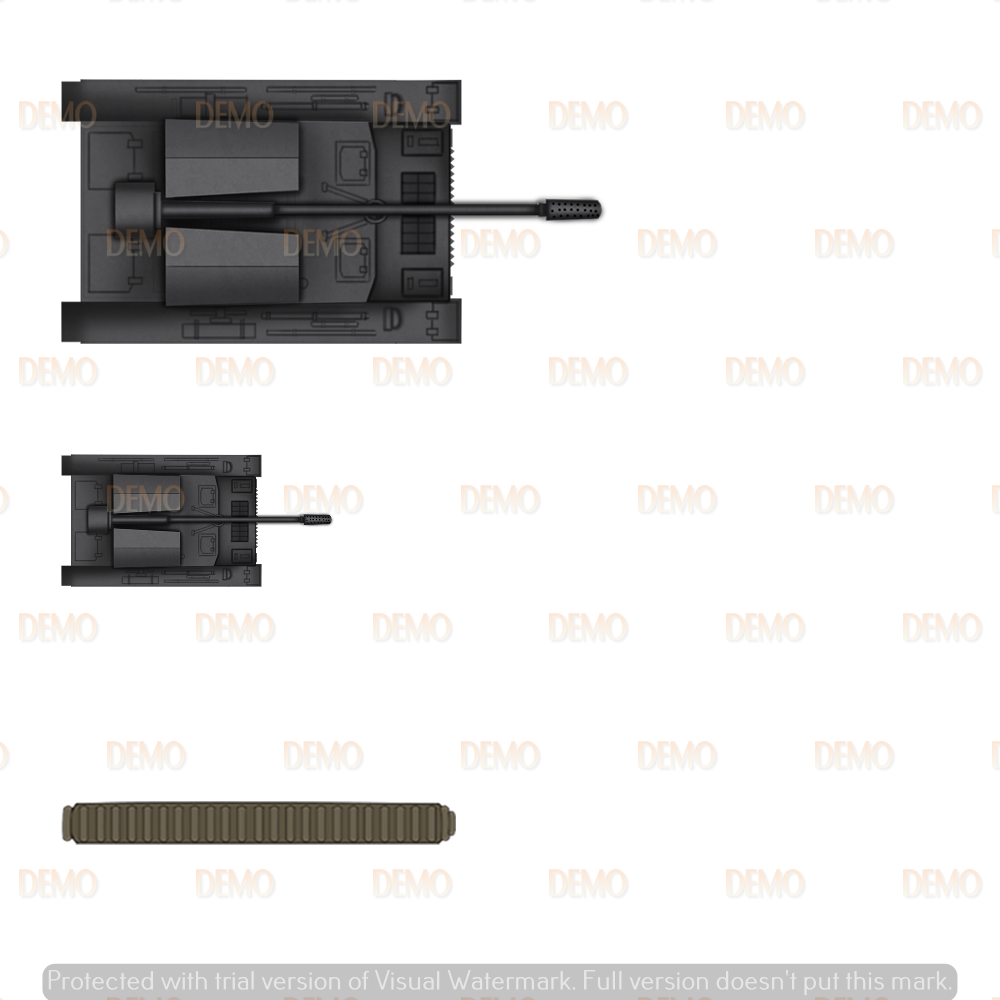
Tank destroyer developed in February 1944 on the basis of the PzIV tank. Development was discontinued in favor of a similar vehicle on the basis of the Krupp Waffentrager 12.8 cm PaK 44 of Czech origin. Existed only in blueprints.
Jagdtiger

Developed from 1942 through 1944, the heavy tank destroyer, with the chassis of the Tiger II heavy tank, became the heaviest mass-produced armored vehicle ever. According to various sources, 70–79 tank destroyers were manufactured from 1944 through 1945. The vehicles saw service in the 653rd and 512th Heavy Panzerjäger Battalions.
Rhm.-Borsig Waffenträger
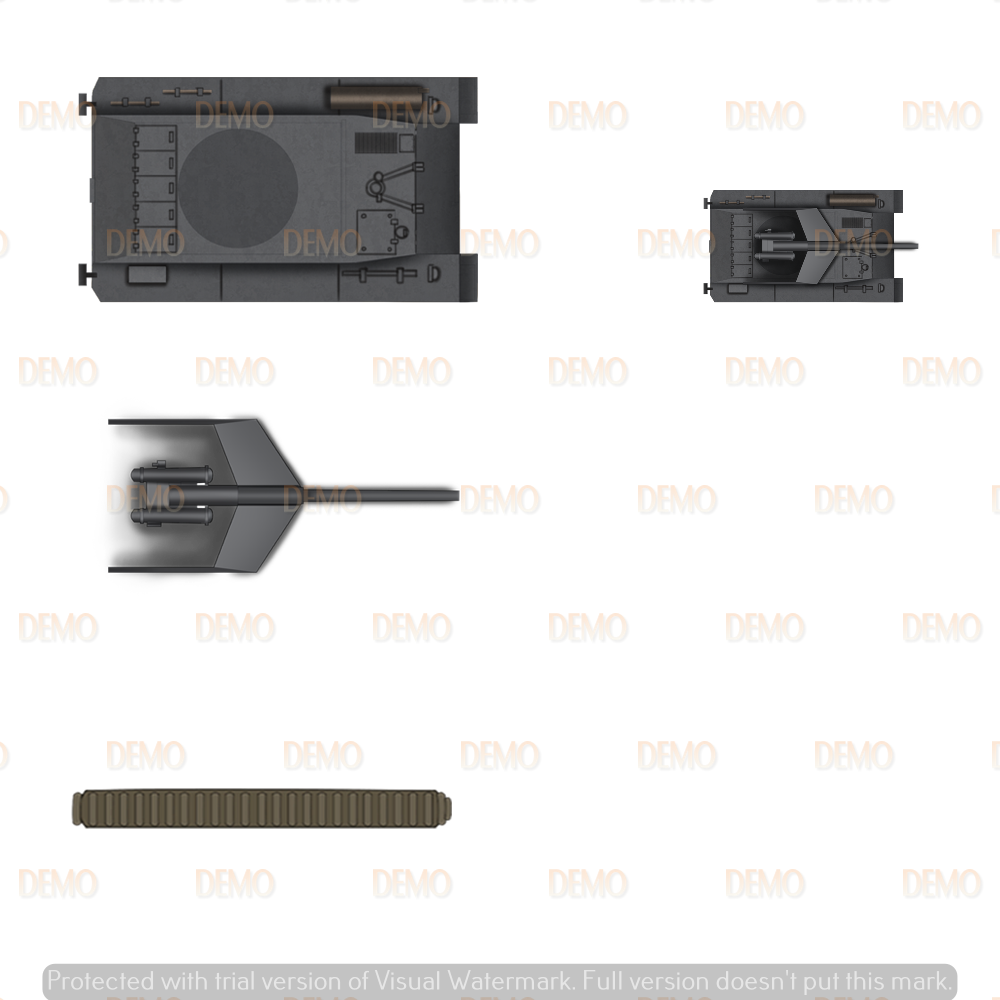
Developed by the Rheinmetall-Borsig company and designed as a special artillery carrier. The vehicle was designed to carry an artillery system as well as to fire from the chassis. The vehicle utilized the suspension of the Hetzer tank destroyer. Development continued from the end of 1942 through to the middle of 1944. However, the project was discontinued in favor of the Ardelt project because of a complicated design, high cost, and excessive weight.
Snowstorm Jagdtiger 8.8

In 1945, the production order for the Jagdtiger was increased, and the supply of compatible guns became insufficient. As a result, approximately 20 vehicles were equipped with the 8,8 cm PaK 43 L/71 gun. The Snowstorm Jagdtiger 8,8 is a holiday event version of the traditional Jagdtiger 8,8. It was available in the Store only from 17 December 2014 through 5 January 2015.
8,8 cm Pak 43 Jagdtiger
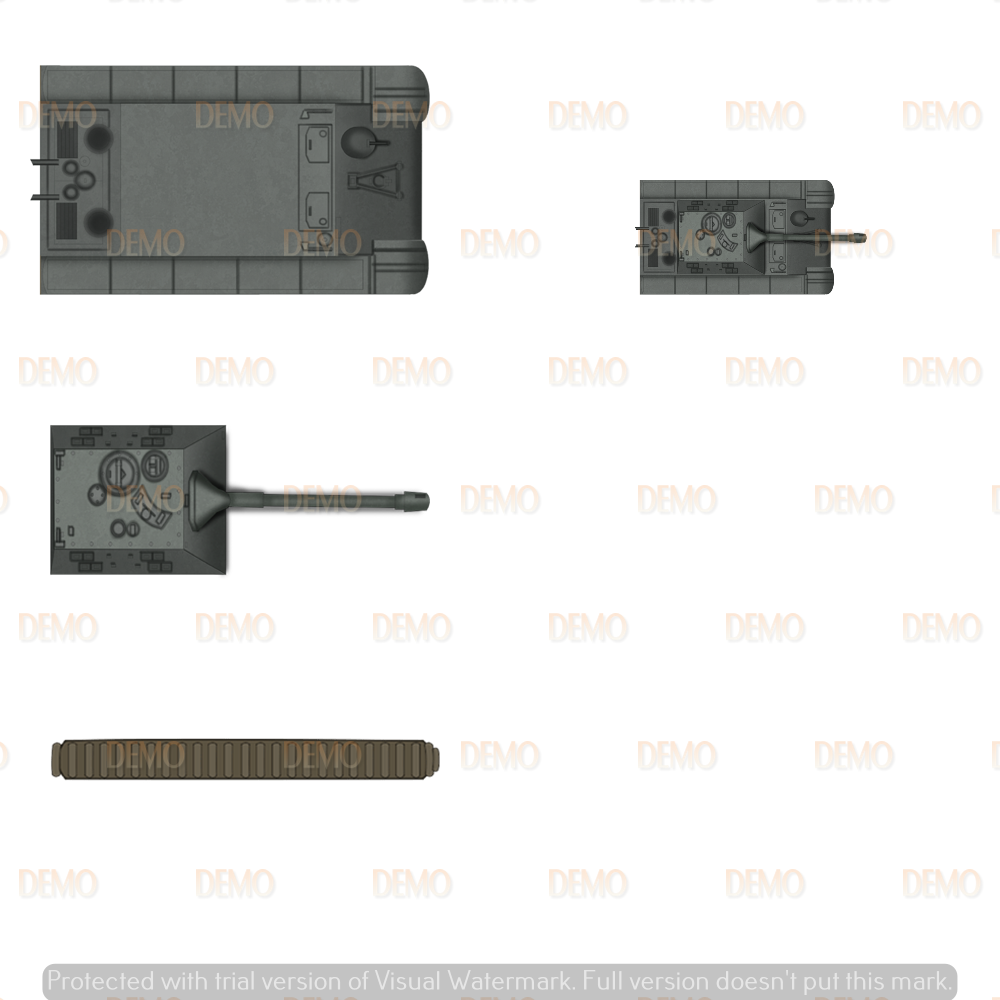
In 1945, the production order for the Jagdtiger was increased, and the supply of compatible guns became insufficient. As a result, approximately 20 vehicles were equipped with the 8,8 cm PaK 43 L/71 gun.
Jagdpanther II
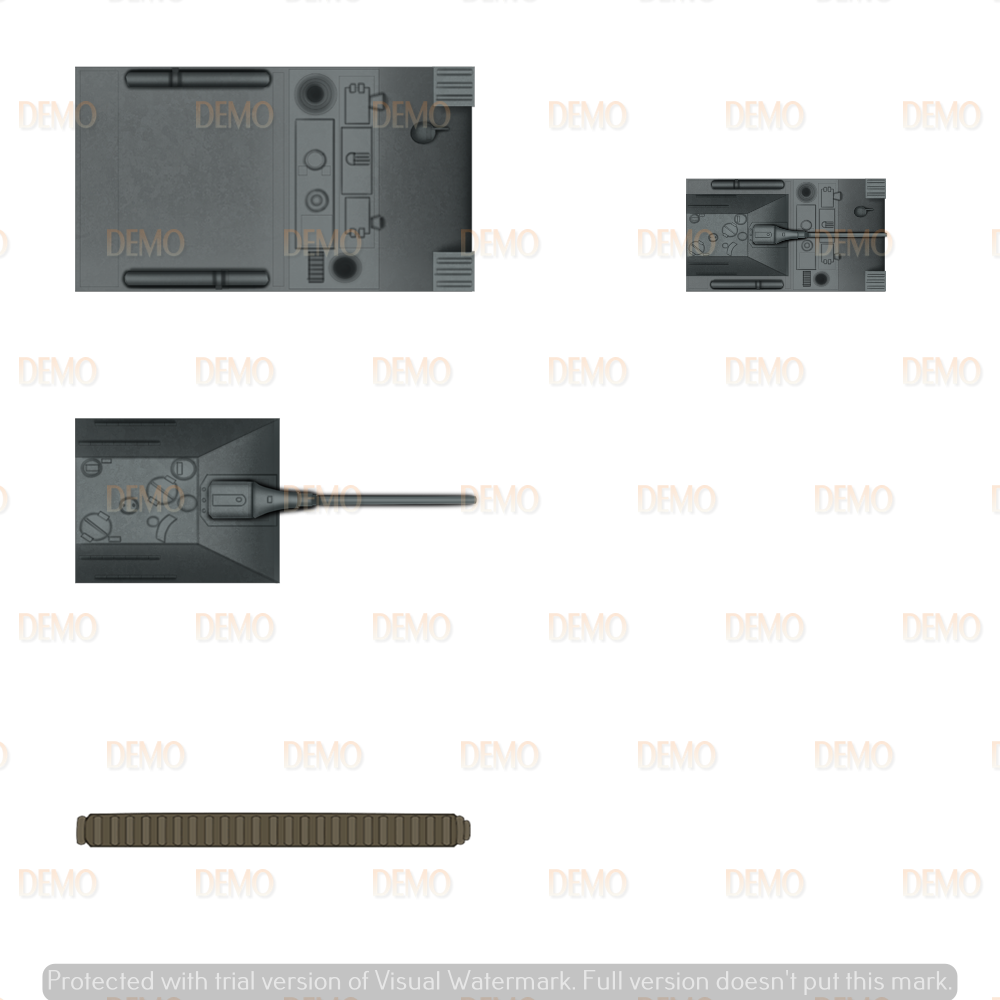
Developed on the basis of the Panther II. The vehicle was to be equipped with a 128 mm gun and the fighting compartment to be located in the rear. Existed only in blueprints.
Rheinmetall Skorpion G
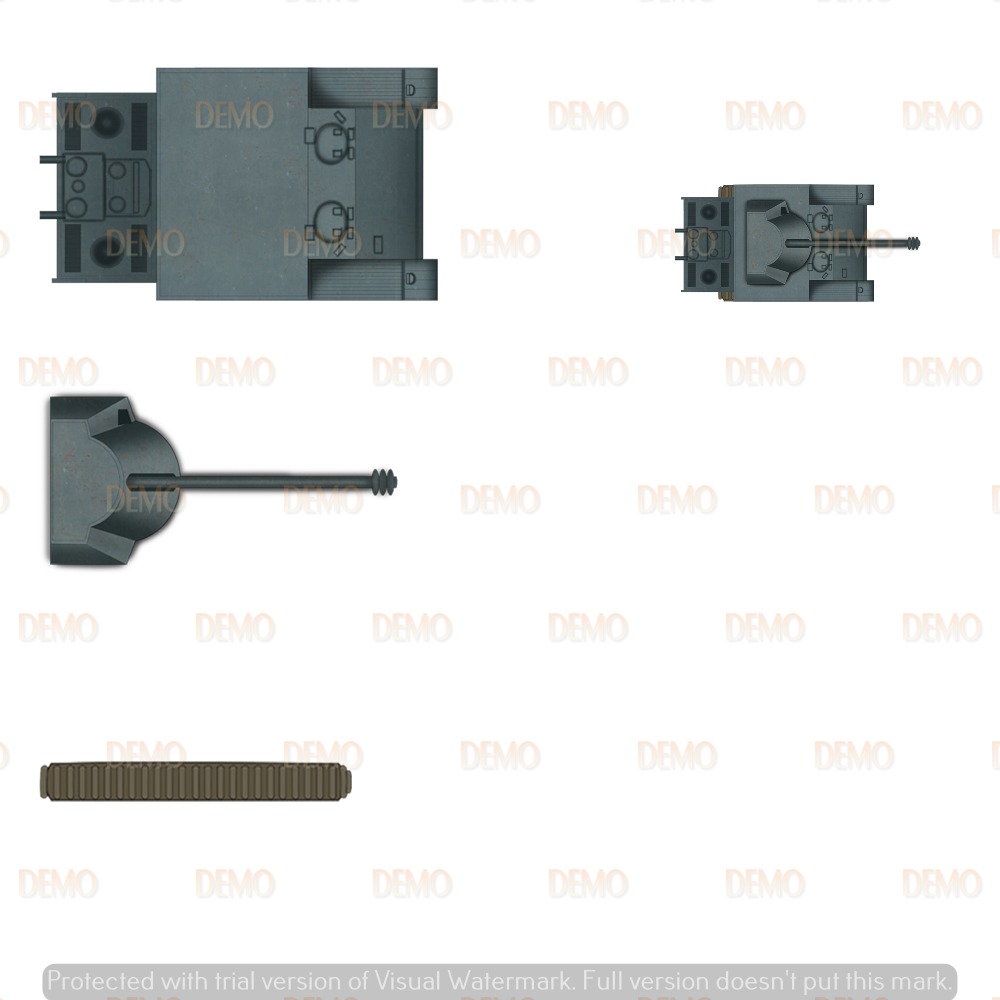
Development of the second series of self-propelled guns on the basis of the Panther tank was started by the Rheinmetall company in January 1943. The design plans for the 12,8 cm Skorpion were completed on April 2, 1943. Existed only in blueprints.
Ferdinand
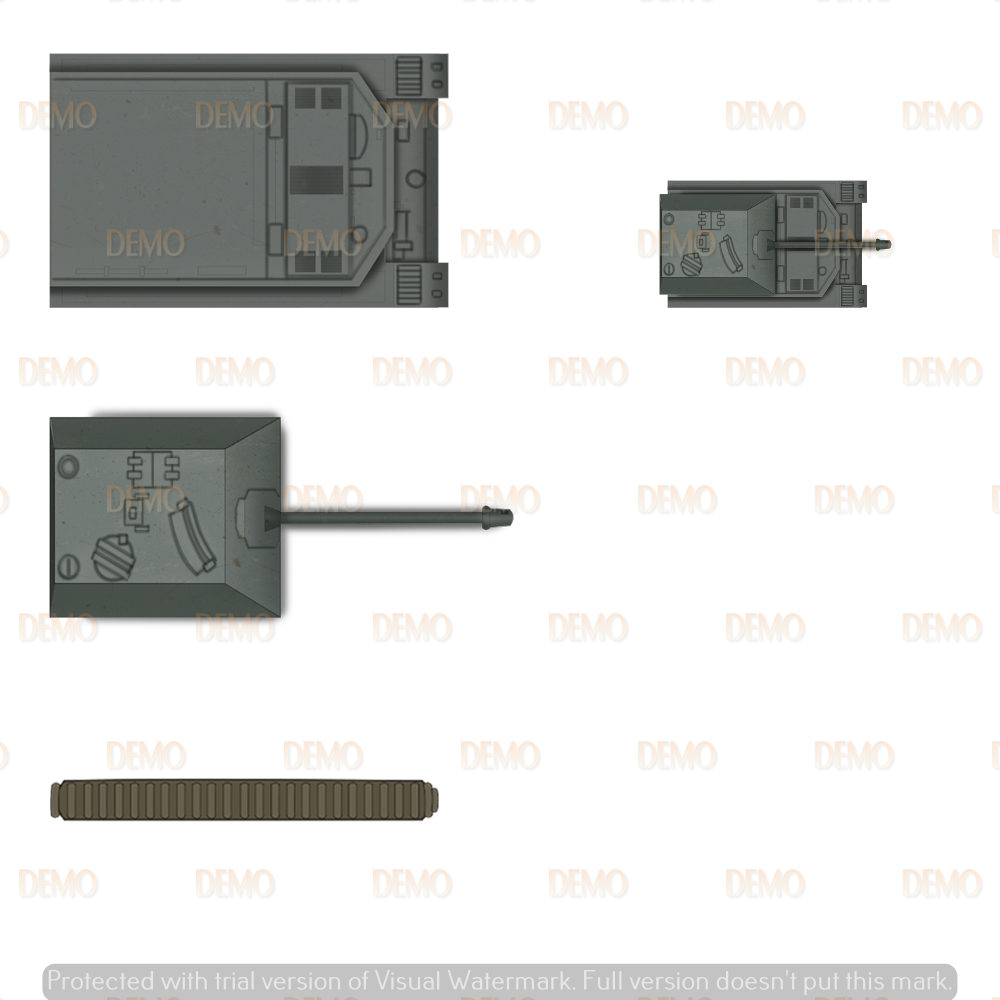
Developed on the basis of the Porsche Tiger, with a total of 90 vehicles produced in April and May 1943. They first saw combat in the Battle of Kursk (Operation Citadel).
Sturer Emil
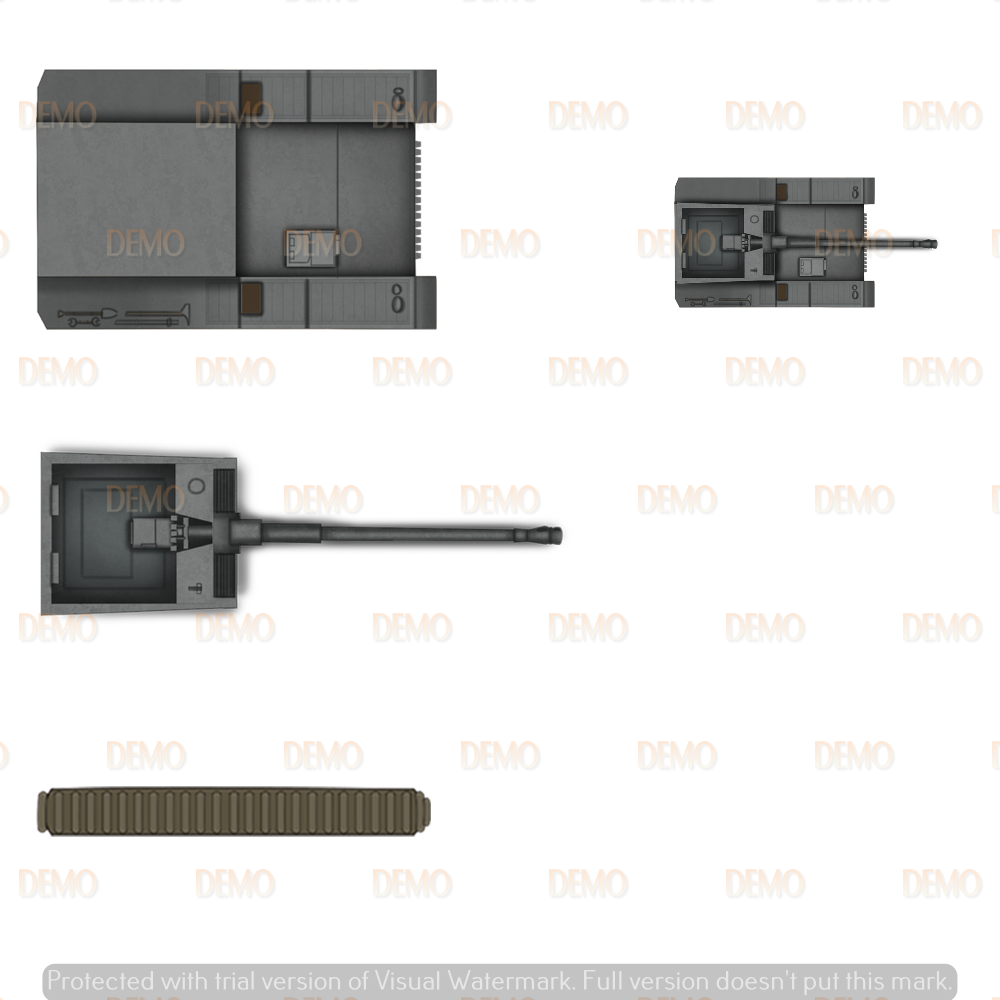
Experimental tank destroyer developed on the basis of the VK 30.01(H) heavy tank. Only two vehicles were manufactured. They fought on the Eastern Front. The tank destroyer was designated as “Sturer Emil” (German for “Stubborn Emil”) due to frequent breakdowns.
Jagdpanther
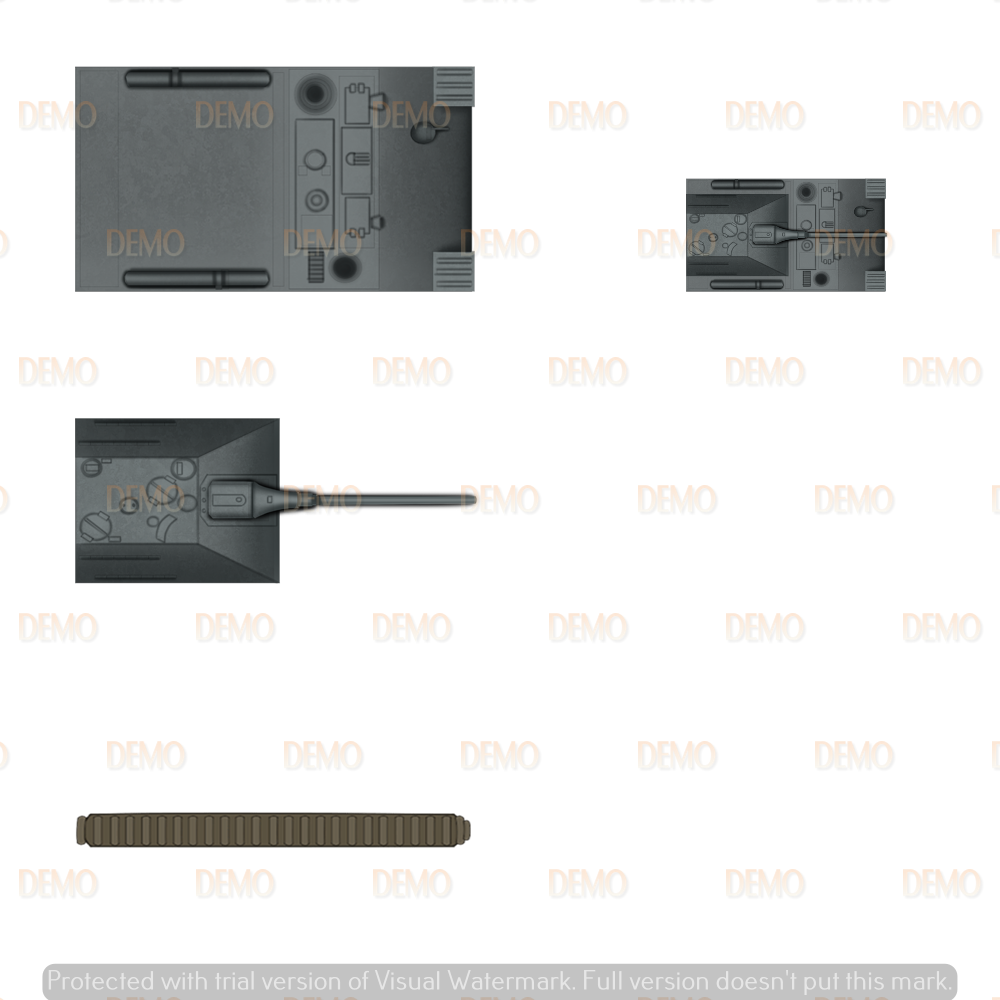
Development of this tank destroyer, based on the chassis of the new VK 30.02 (MAN) tank, began in 1942. In October 1943, the prototype trials were started. A total of 392 vehicles were manufactured.
E 25

The development of the E 25 was part of the "E" program, supervised by the Waffenprüfamt 6 committee. The E 25 was developed by the Argus company (Karlsruhe, Germany) under the supervision of Dr. Herman Klaue. No prototypes were manufactured.
Nashorn

The official designation of the Nashorn ("Rhinoceros") tank destroyer was 8.8 cm PaK 43/1 auf Geschützwagen III/IV (Sf). The vehicle was designated the Hornisse ("Hornet") until 1944. Produced on the same chassis as the Hummel heavy SPG. The vehicle first saw combat on the Eastern Front in the summer of 1943. A total of 494 vehicles were manufactured.
Jagdpanzer IV
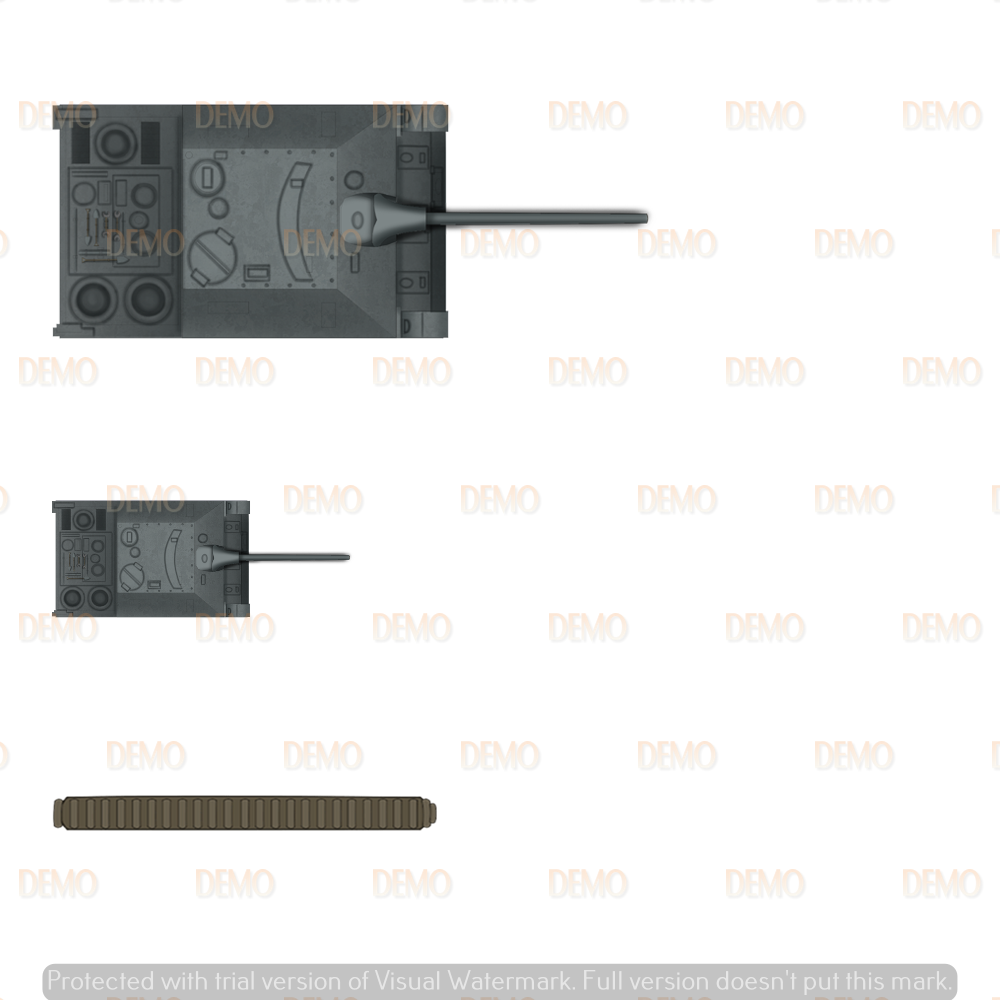
The Pz. IV medium tank served as the basis for many vehicles, including tank destroyers. At the end of 1944, a version of the 75-mm PaK 42 L/70 gun was prepared for this basis. The new variant of the vehicle was designated the JagdPzIV/70. From August 1944 through March 1945, the Nibelungenwerke company produced 278 vehicles of this type.
Dicker Max
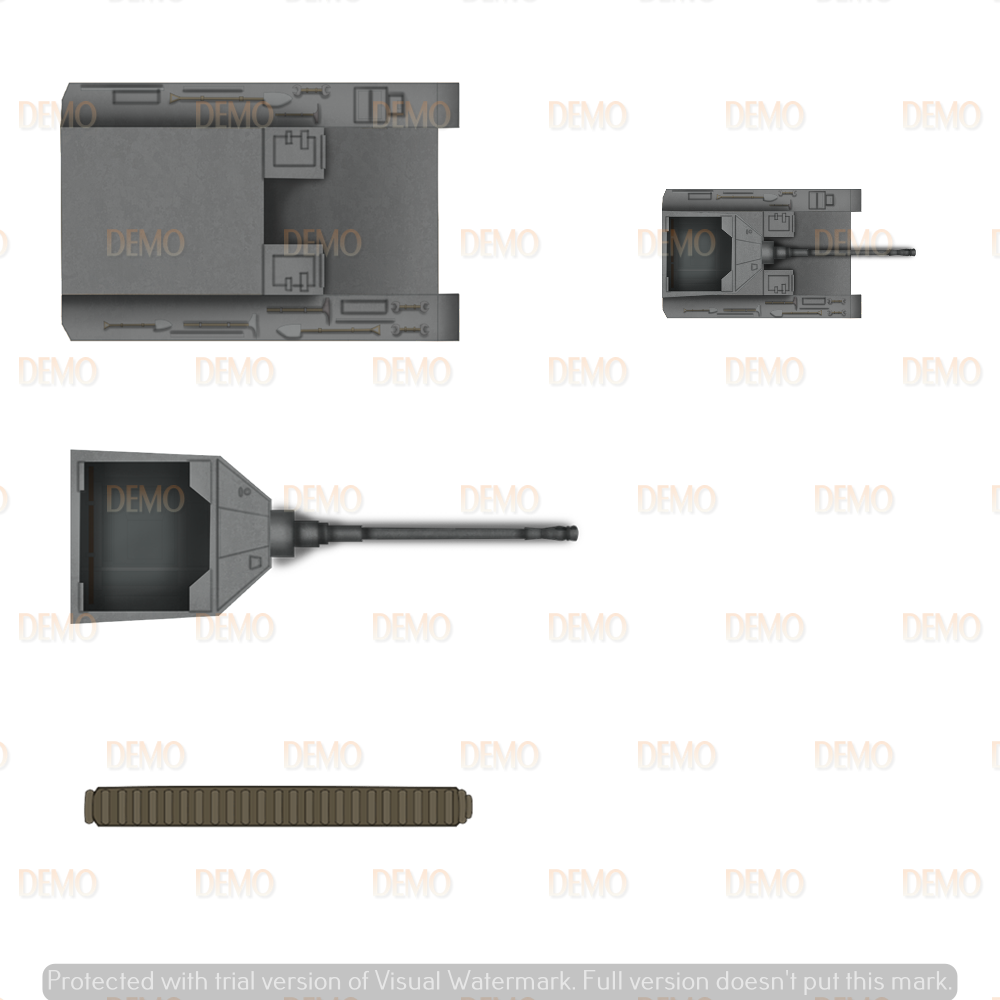
The Dicker Max ("Fat Max") was initially intended to destroy bunkers. Two prototypes were built in the spring of 1941. Later the vehicle was redesignated a heavy tank destroyer. The design was never put into mass production, but the prototypes fought on the Eastern Front.
StuG III Ausf. G
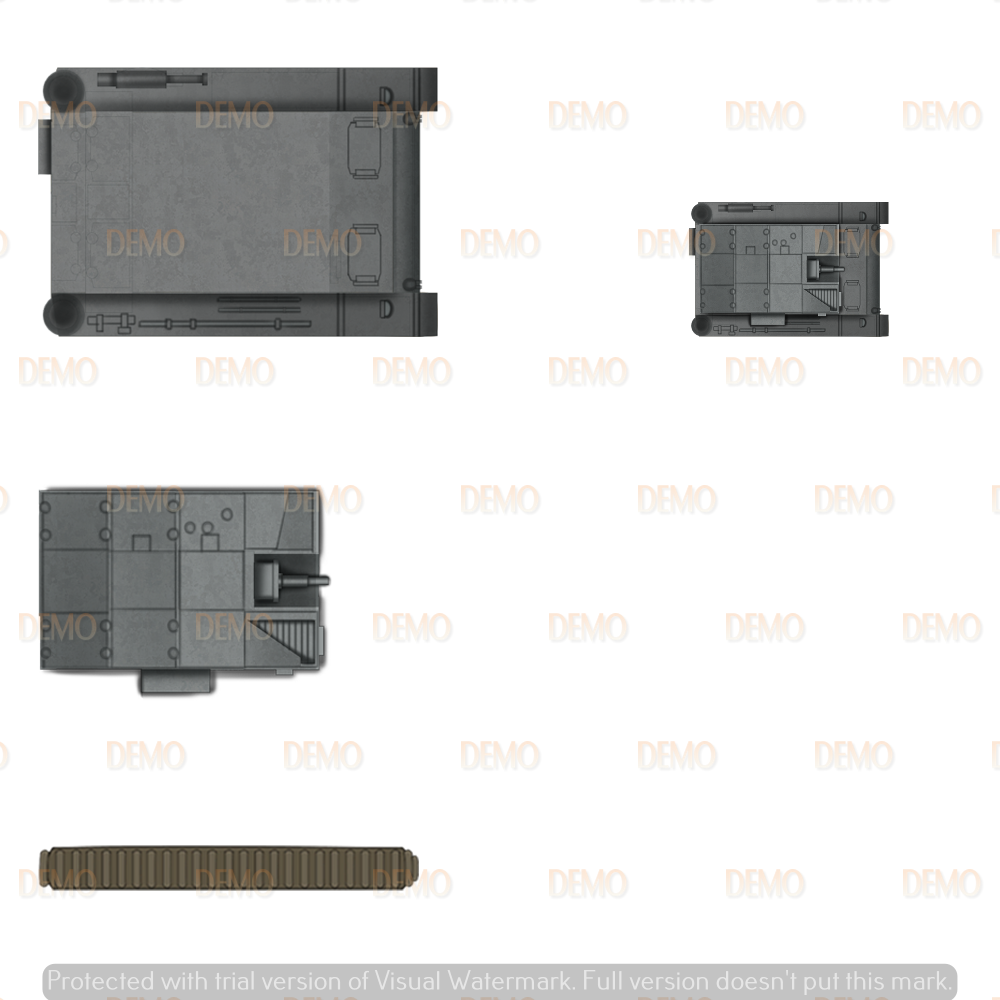
Originally designed as an assault vehicle, this self-propelled gun was converted into a tank destroyer beginning with the F series. A total of 9,265 vehicles of this series and 1,211 of the Stu.H. 42 were produced.
Pz.Sfl. IVc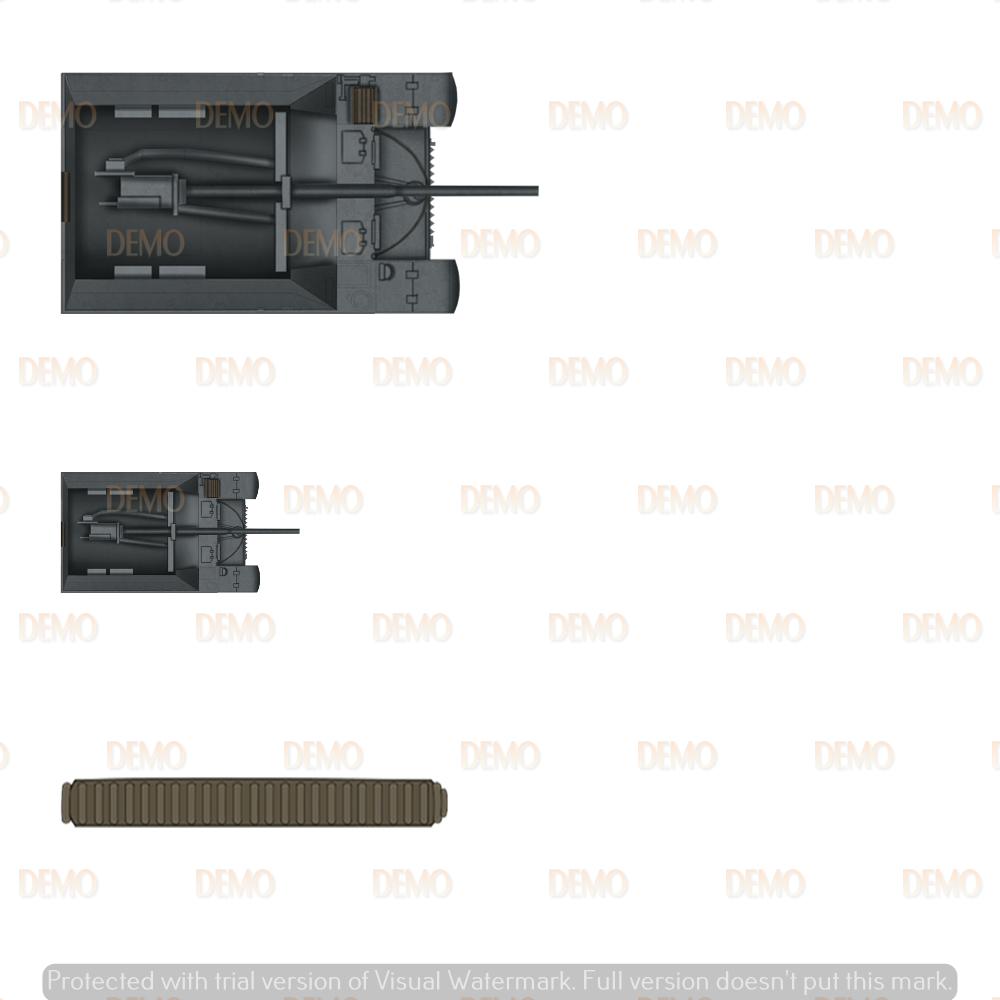
Proposed antiaircraft vehicle mounting the 88-mm antiaircraft gun. Development started in Germany in 1941. The vehicle was based on the Pz.Sfl.IVc chassis. The operational requirements for the vehicle were constantly changed, and the FlaK 41 gun was mounted on the chassis only in 1944. The vehicle was to be the basis of variants with other armament alternatives. However, the plan was never implemented. Only three prototypes were manufactured.
Hetzer
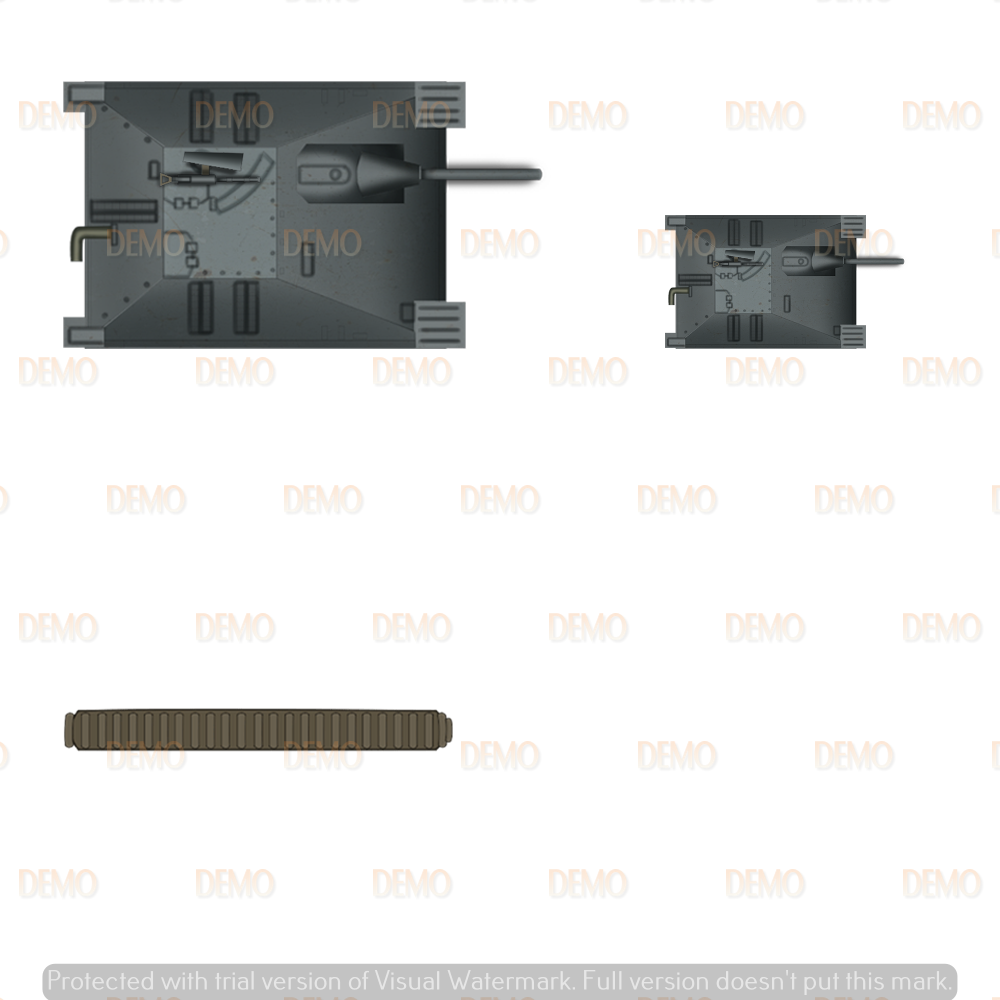
In 1943, the Wehrmacht were experiencing a dire shortage of StuG III tank destroyers because the joint U.S.A.-U.K. air raids caused considerable damage to the Alkett company's factory that produced these vehicles. December 1943, a decision was made to utilize the working capacities of the BMM company in Prague to start production of tank destroyers. Components of the Pz.Kpfw. 38(t) tank were widely used in the new vehicle. The first prototypes were produced in March 1944. More than 2,800 vehicles were built by May 1945.
Marder II
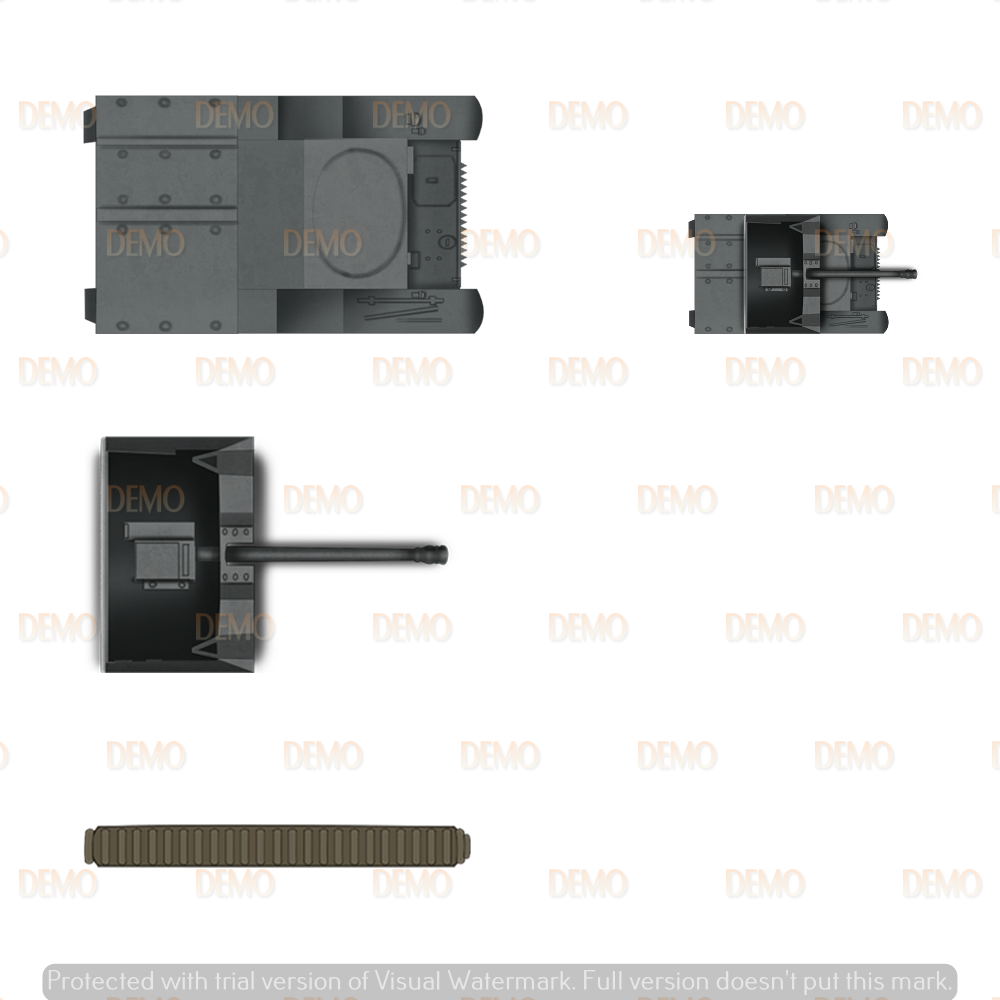
Light tank destroyer developed in early 1942 based on the chassis of the outdated, but massively produced, Pz.Kpfw. II, and fitted with a powerful gun. The vehicle saw wide use on the Eastern Front; from 1944, it also fought in Italy and on the Western Front. The tank destroyer was in service until the end of the war.
Panzerjäger I
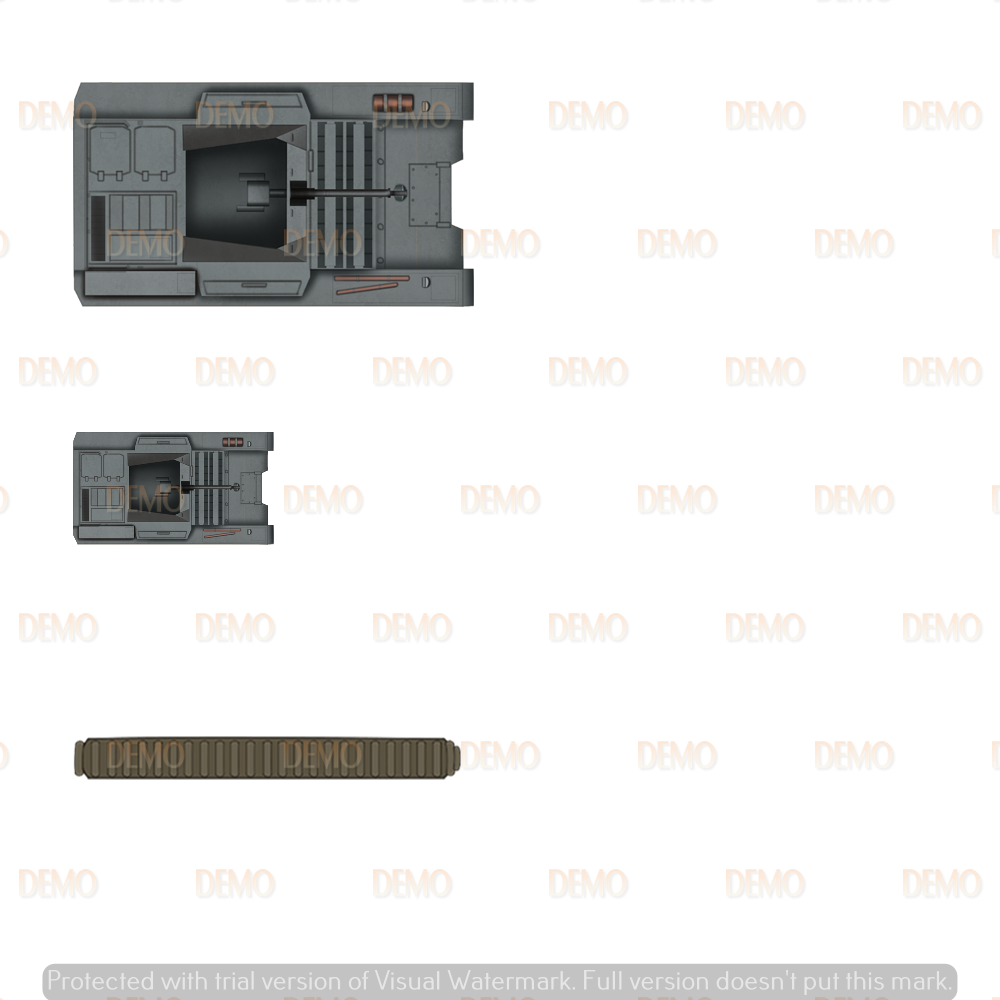
Development of the Panzerjäger I, the German tank destroyer, started in 1939 based on the Panzerkampfwagen I Ausf. B. Initially, the 37-mm Pak 36 gun was mounted on the chassis of the Panzerkampfwagen I Ausf. B. However, during the invasion of Poland, it was revealed that the gun was not effective against new vehicles. After Germany captured Czechoslovakia in 1940, the 47-mm Pak 36(t) L/43.4 (Škoda 47-mm A-5 KP ÚV vz. 38 Model A5) gun was mounted on the tank destroyer. A total of 202 vehicles were manufactured and saw action until 1943.
Purchase
In order to download this asset pack you must purchase it at or above the minimum price of $4.99 USD. You will get access to the following files:
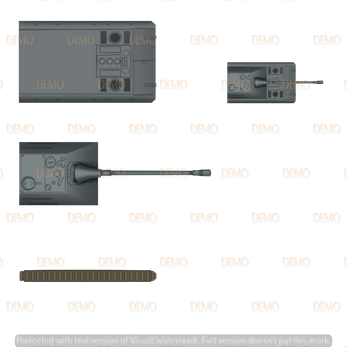

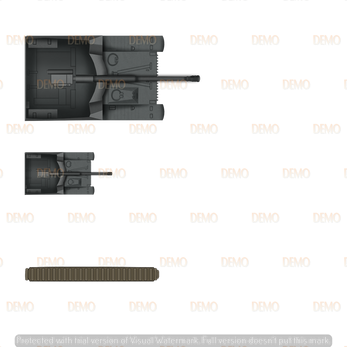



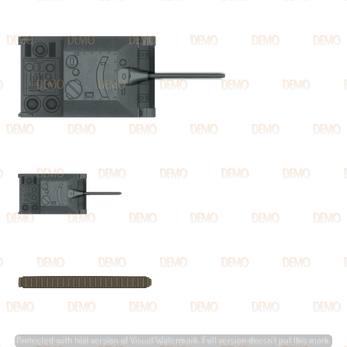
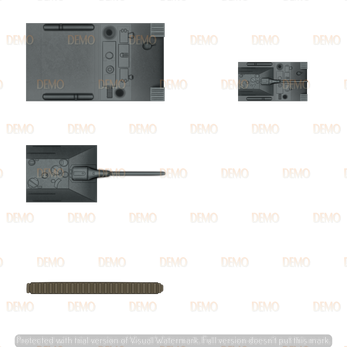


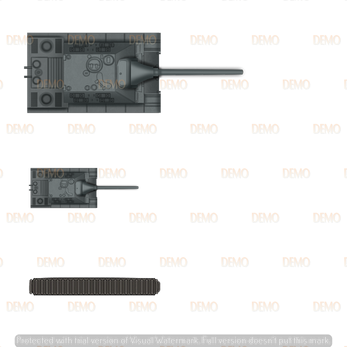
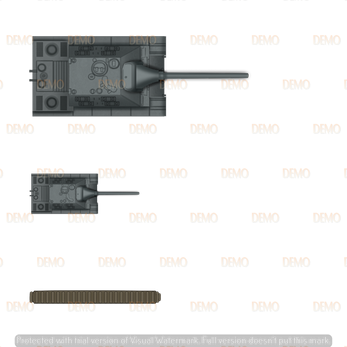

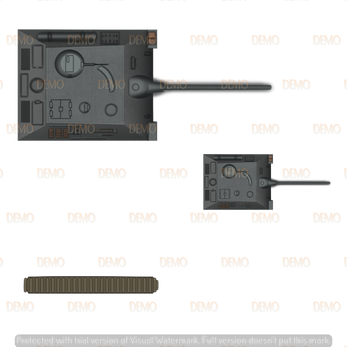
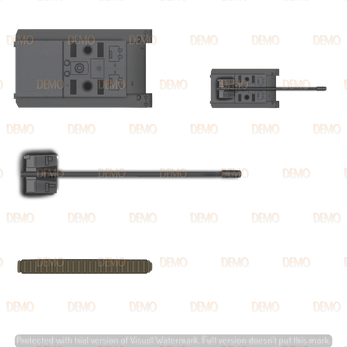
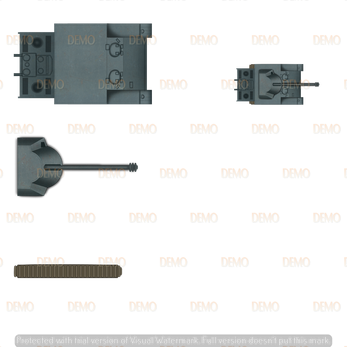
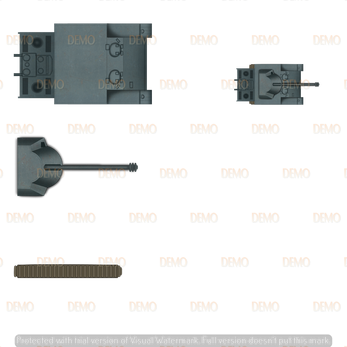


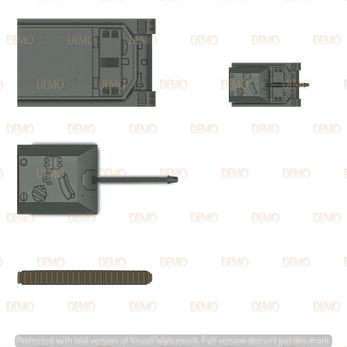

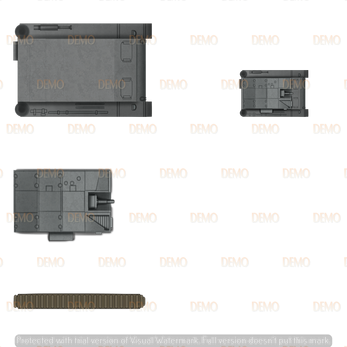
Leave a comment
Log in with itch.io to leave a comment.